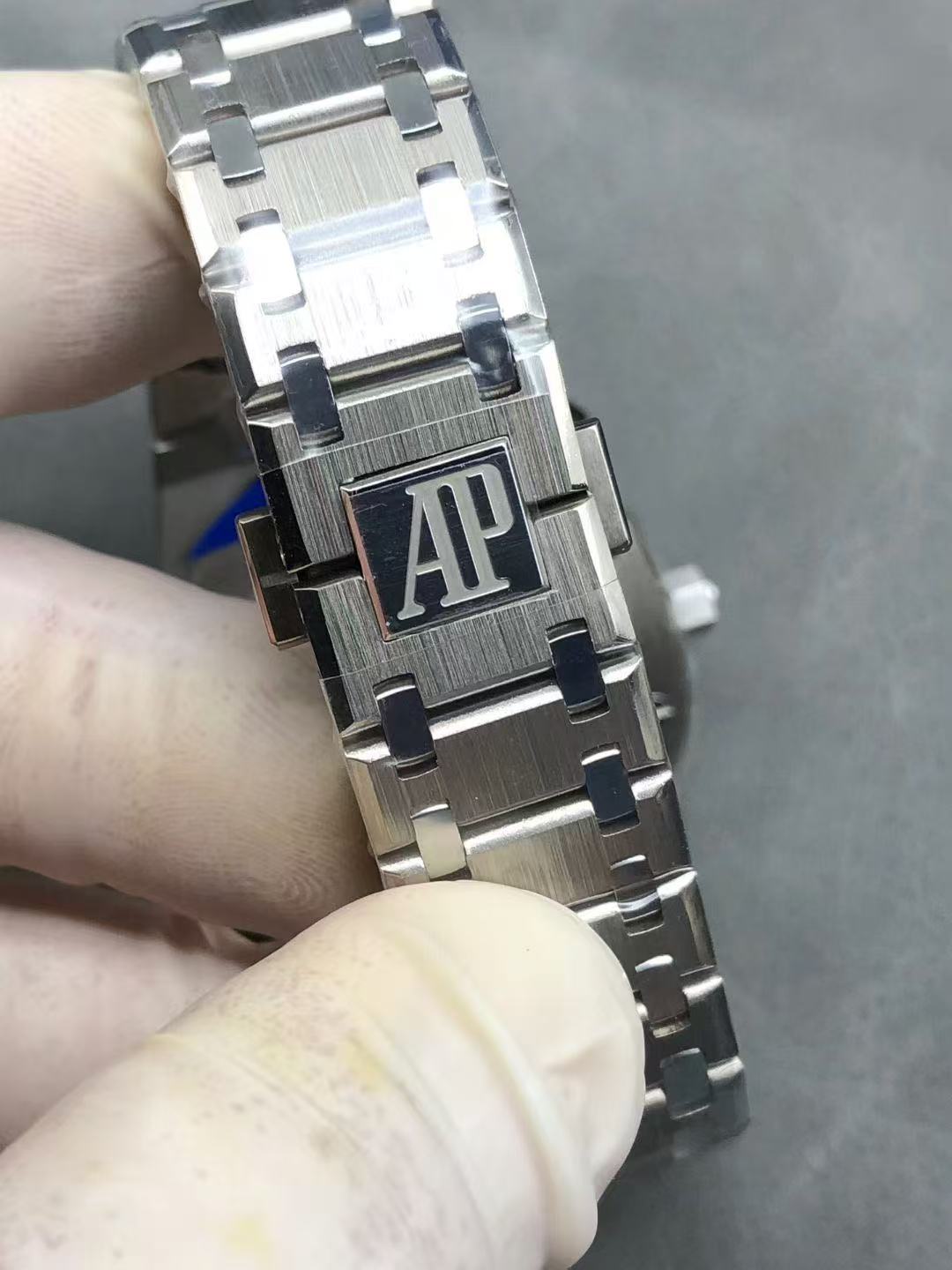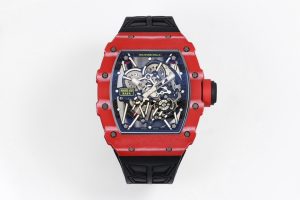In the realm of luxury timepieces, the Audemars Piguet Royal Oak holds a distinct place, revered for its iconic design and impeccable craftsmanship. The recent introduction of the Royal Oak 16202, particularly in its titanium and burgundy variant, has generated considerable interest among collectors and enthusiasts alike. This model, with its subtle shift in materials and colors, suggests a nuanced evolution of a classic, making it a point of discussion, not just for aesthetics but also for the ethics of luxury branding and consumer choices.
The new Royal Oak 16202 features a 39mm titanium case, a lightweight metal often reserved for avant-garde designs. Weighing in at a mere 92.53 grams, this watch offers a rare combination of robustness and wearability, which underscores Audemars Piguet’s commitment to pushing the boundaries of what’s possible in luxury watchmaking. The decision to use titanium, coupled with a rich burgundy dial, positions this piece at the intersection of tradition and modern innovation, challenging conventional perceptions of luxury metals.
Materiality and Perceived Value
The choice of titanium raises interesting questions about perceived value and the economics of luxury goods. Traditionally, precious metals such as gold and platinum have dominated this market due to their intrinsic value and exclusivity. Titanium, on the other hand, is valued more for its technical properties—durability, resistance to corrosion, and lightweight nature—rather than its rarity. This shift reflects a growing recognition within the industry of the importance of functional materials, even in a segment where opulence is often synonymous with heft and shine.
Economically, this move could be seen as a strategic attempt to attract a younger, more practical demographic that values unique materials and craftsmanship over sheer opulence. However, this raises a potential contradiction in the luxury market: can a brand maintain its elite status while democratizing its appeal through such material choices?
The Ethical Considerations of Luxury Branding
From an ethical perspective, the use of titanium also raises discussions about sustainability and the environmental impact of luxury goods. Titanium is often hailed as an environmentally friendly metal due to its abundance and recyclability. This consideration aligns with a broader industry trend towards responsible sourcing and production, which is becoming increasingly important to consumers.
The branding of such a watch, particularly in the realm of replica watches, further complicates ethical discussions. Replica watches, while frowned upon by luxury purists, challenge traditional value systems by offering wider access to high-design at a fraction of the cost. This democratization can be viewed as both an economic necessity and a cultural shift towards inclusivity in luxury.
Cultural and Psychological Impacts
The Royal Oak 16202 is more than just a timepiece; it is a cultural artifact that speaks volumes about personal identity and collective aspirations. The psychology behind owning such a model encompasses both the desire for self-expression and the affirmation of one’s status within a complicated social hierarchy. The lightweight feel, coupled with the striking color palette, makes it a conversation starter, a piece that signifies not just wealth, but taste and discernment.
While some might argue that the prestige of owning an original piece cannot be replicated, the very existence of high-quality replicas speaks to the aspirational nature of luxury. The act of choosing a replica watch, whether driven by financial considerations or philosophical alignments against consumer excess, reflects an individual’s nuanced understanding of luxury’s intrinsic and extrinsic values.
Conclusion: Personal Value and Luxury’s Future
In conclusion, the Audemars Piguet Royal Oak 16202 in titanium and burgundy is emblematic of a broader trend towards innovation within tradition in the luxury watch industry. It challenges existing paradigms through material choice and design, offering a fresh perspective on what constitutes value in luxury. Whether as an original or as a high-fidelity replica, this timepiece serves as a reminder that the true value of luxury lies not just in exclusivity, but in the stories and personal significance that such pieces carry.












